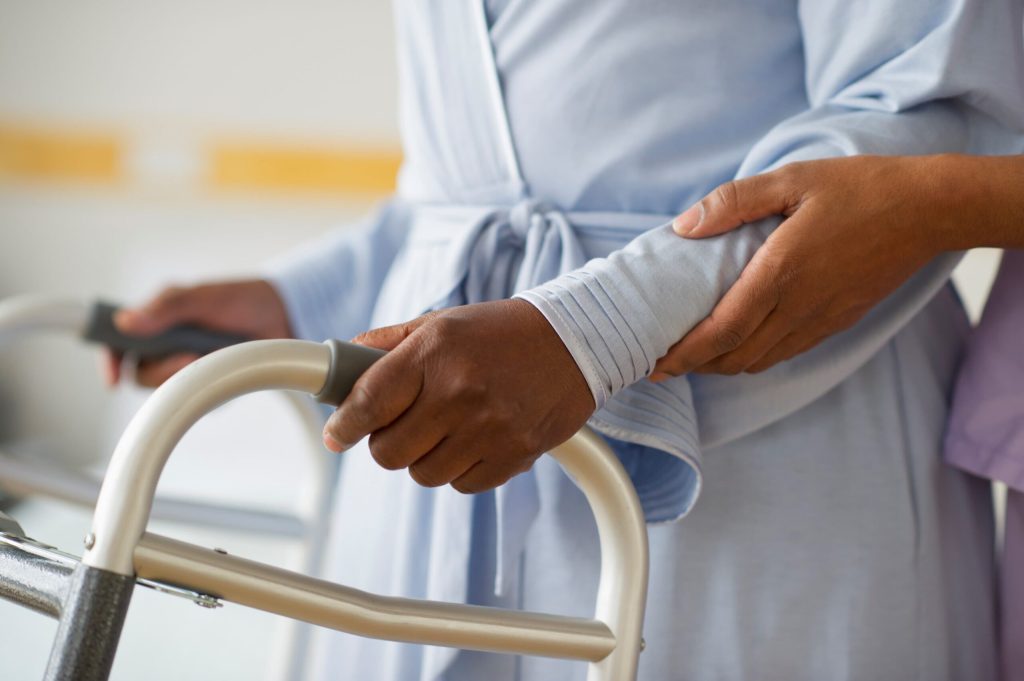
How Do Hospitals Prevent Falls?
Inherently, as hospital admission tremendously increases susceptibility to falls increases. Besides the illnesses or injuries that caused them to end up in the hospital, many patients receive medications that may impair their thinking or mobility. Waking up in an unfamiliar place is disorienting, increasing the risk of falling. Up to 3 percent of patients fall during their stay in a hospital, and about one-third of those falls result in injury. That’s why fall prevention in hospitals is a top safety priority.
How Do Hospitals Prevent Falls?
Hospitals rely on various fall prevention strategies to reduce fall risks. Such strategies may include:
- Universal fall precautions–These precautions apply to all patients, no matter the fall risk level. The focus is around keeping the patient comfortable in a safe environment. Patients are instructed on call light use and keeping personal items within easy reach. A safe environment includes maintaining the bed in the lowest position at all times unless staff is at the bedside for basic ADL or other procedures that require the bed to be raised for proper body mechanics . Floors are always clean and free of clutter. Hospital bed brakes are locked, as are wheelchair brakes when stationary.
- Hourly rounding–Nurses and other support staff work together to perform hourly rounding, which includes pain level assessment; offering to help with toileting or other personal needs; maintaining a patient in a comfortable position, and ensuring the patient’s personal items are easily accessible.
- Regular environmental inspection–Nursing staff and facilities engineers conduct regular inspections of patient environments, reporting any potential hazards requiring remediation. Some patients may require additional considerations and a safe layout for assistive devices.
- Safe patient handling–Staff members must undergo thorough training in safe patient handling, such as transferring a patient from a bed into a wheelchair. During transfers, patients are particularly vulnerable to falling.
What is a Fall Prevention Plan?
One way in which hospitals work to prevent falls is by creating a fall prevention plan for each patient. Based on the patient’s individual fall risk factors, the plan takes into consideration:
- Age –Those aged 65 and up have a higher fall risk.
- Fall history–Patients with a higher recent history of falling are at greater risk.
- Medications –Types of medication, including those that cause sedation, confusion, balance problems, or changes in blood pressure when standing after sitting or lying down.
- Mobility issues –Patients dealing with mobility issues or using devices such as canes are at increased fall risk.
- Continence –Those patients dealing with the need to go to the toilet frequently have a heightened fall risk.
- Mental state –Patients with dementia, psychosis, or delirium are at greater fall risk.
- Connected to IV or other equipment –Those tethered to an IV have an increased risk of tripping and falling.
- Vision impairment
Keep in mind that patient risk factors may change over the course of their stay, putting them at less or greater risk depending on the individual circumstances.
Contact Us
Contact us to learn more about preventing falls in hospitals and other medical facilities, Our predictive patient monitoring system reduces hospital fall rates substantially and increases patient safety overall in the hospital setting.